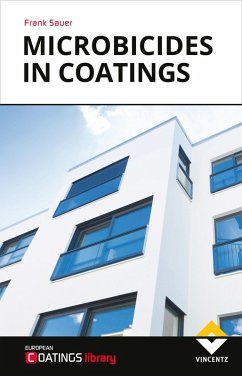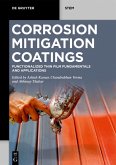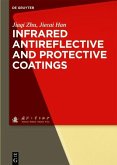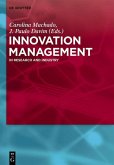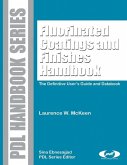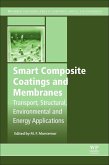The Mission: Everything about microbicides in a single book. Explained clearly and with an eye on formulation practice, but without sacrificing scientific expertise or thoroughness. The reader gains a comprehensive overview of the working mechanisms and possible applications of microbicides. The Audience: Laboratory assistants, technicians, graduates, engineers and chemists seeking to familiar themselves with the principles behind material protection in the field of coatings. However, the book should also prove rewarding to business people with a basic knowledge of chemistry and biology. The Value: This book seeks to provide an overview of the different aspects of material protection, ranging from basic information about the universe of microorganisms, to the innate properties of microbicides, to the state of the art and finally to legislative aspects.
Dieser Download kann aus rechtlichen Gründen nur mit Rechnungsadresse in A, B, BG, CY, CZ, D, DK, EW, E, FIN, F, GR, H, IRL, I, LT, L, LR, M, NL, PL, P, R, S, SLO, SK ausgeliefert werden.

